New Lawyer In Capen Case Sues Pokorny LLC, Too
New Lawyer In Capen Case Sues Pokorny LLC, Too
Humpty Dumpty Lawsuit Asks Homeowners to Put Capen Back Together Again
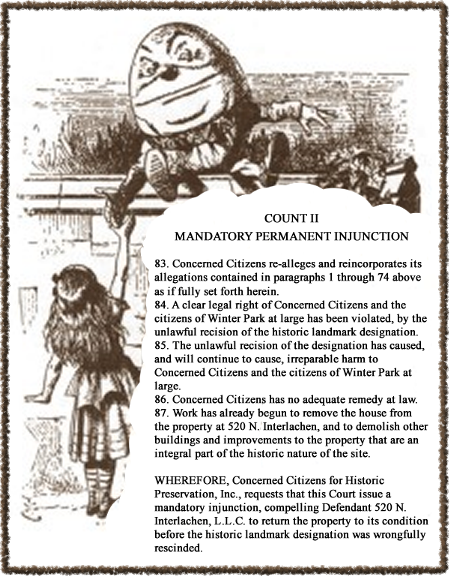 Story Update: Story Update:Not long after the original lawsuit was filed by attorney Howard Marks on October 3, something happened – or, more accurately – didn’t happen: The City was never served with the lawsuit.As noted in the Circuit Court Register of Actions, Marks left the case the day after the original lawsuit was filed. A new attorney, Richard Wilson, was substituted in the case and an amended complaint was filed by Mr. Wilson earlier this week on October 22.“I have no comment,” attorney Marks said on Friday when we asked him about his withdrawal from the case.Marks and others we spoke with kept mum on exactly what happened to stall the suit – and would not comment on what caused the attorney’s sudden, next-day withdrawal from the case. New Attorney Adds Teeth to Amended Lawsuit. The amended lawsuit appears to have been built on the foundation of the original case, but adds and deletes a number of elements – most prominent among them being the addition of 520 N. Interlachen, L.L.C. as a defendant in the case. The LLC is widely assumed to be a vehicle constructed by Pokorny family attorneys on their behalf. The “business entity” email address listed on the LLC corporate filing documentation includes the name John Pokorny. The principals of Concerned Citizens for Historic Preservation, Inc. – the plaintiff in the case – are Cynthia Fried, Neil Sullivan and Rachel Chase.
Old vs. New Lawsuit: What’s Different? A digital comparison of the documents reveals a number of changes – most of them minor. However, by naming the Capen homeowner LLC as a defendant along with the City, Plaintiff attorney Richard Wilson serves notice that he places responsibility for preserving Capen House squarely in the lap of the homeowner. Attorney Wilson: If Ordinance Doesn’t Provide for Removal of Historic Designation, City Can’t Do it. In an interview with Winter Park Voice on Friday, Plaintiff attorney, Richard Wilson commented on the core issue of the case: “It is my opinion that the City has an extensive process for designating a home as historic and that there is no provision or ordinance providing for a rescission of a historic designation. If there is no process to rescind, a historic designation cannot be rescinded.” If Capen House is Moved, Pokornys May Have to Move it Back. On the question of what happens if the home is cut in half and moved prior to a judgment in the plaintiff’s favor, attorney Wilson indicated that, upon winning the lawsuit, his clients will ask that the process be reversed – that is to “Move the house back to the lot at 520 Interlachen Ave. and put it back together again.” This is the the full text of the injunction request:
In our interview with Mr. Wilson, we asked who will bear the cost of putting Capen House back together again if his clients prevail in court. Mr. Wilson replied that the homeowner – the Pokornys (or their 520 N. Interlachen LLC) – would be responsible for paying the cost to return the home to its original condition on the Interlachen lot. Attorney: If Homeowner Decides to Demolish Capen House, We Will Seek an Emergency Injunction to Prevent It. When we asked how his clients will respond if the Pokorny family decides to demolish the home instead of allowing it to be moved, Wilson responded that he will “seek an emergency injunction preventing the destruction of Capen House.” Clarissa Howard, City of Winter Park Director of Communications, was unwilling to comment on the case beyond supplying a statement from City Manager Randy Knight: “”It is unfortunate that we are faced with litigation regarding the Capen House. It is especially disheartening since there has been such active community involvement, including raising substantial funds to preserve the house. We will review the suit and follow the legal process as necessary.” The Voice was unable to obtain a comment from an executive at SunTrust Bank or the Pokorny family as of presstime.
10/5/2013
The suit, brought by attorney Howard Marks, alleges that the City removed Capen House from the Winter Park Register of Historic Places in a manner that was “inconsistent with the Defendant City’s Historic Preservation Ordinance.” Plaintiff Claims City Acted “Arbitrarily and Capriciously” in Rescinding Capen Historic Status. Count 1 of the complaint states that “Plaintiff believes the Defendant City lacked authority to rescind the designation, or in the alternative, acted arbitrarily and capriciously in doing so.” The Plaintiffs appear to claim that the City did not establish sufficient basis for the rescission. The complaint implies that the City withdrew its protection of the historic structure without first proving a need for rescission due to “significant deterioration, or extreme difficulty or expense to renovate” the home. The lawsuit also states that the City did not obtain a “recommendation by the Preservation Commission” to rescind Capen House’s Historic Designation. The clear implication is that the City ignored its own ordinance in an effort to comply with the request by SunTrust bank that they remove the designation. City Attorney, Larry Brown, disputed a similar claim made by Mr. Marks in a July 12 letter to the City. Click here for story. Attorney Marks also alleges that the mortgagee bank “wrongfully accused” the homeowner of “bad faith” during the foreclosure process and “misrepresented the facts and law” in its demand that the City rescind the home’s Historic Designation. Click the button below to view the complaint filed with the Circuit Court.
Concerned Citizens Group Alleges Sunshine Law Violation by City Commissioners. The lawsuit includes an allegation that “At least two Commissioners, in particular, both acted on confidential information not publically disclosed and improperly considered when each voted for rescission. Further, it is believed that the information was wrongfully shared and discussed with other Commissioners outside any public setting.” Complaint Singles Out Commissioner for Non-Disclosure & Failure to Disqualify “Herself.” The complaint does not name any of the Commissioners it accuses of wrong-doing, but does make a very specific claim that one of the City’s two female Commissioners “wrongfully received confidential information from the mediator of the foreclosure dispute between the Bank and Clardy Malugen that was relied upon for that Defendant City Commissioner’s vote. The information was not disclosed at a public hearing and the Commissioner did not disqualify herself.” What Happens Next? Concerned Citizens for Historic Preservation, Inc. is asking the court to overturn the Commission’s rescission of Capen House’s Historic Designation, which, if the court complies, could complicate or reverse any plans to move Capen House from its current location.
|
WP Comp Plan/Codes “Impediments to Economic Development?”
WP Comp Plan/Codes “Impediments to Economic Development?”
Part 2 / Gottfried: Be Careful. . . Residents know there’s “a lot of construction going on.”
CNL’s Ask for Free City Land for Parking Garage is “D.O.A.”
CNL’s Ask for Free City Land for Parking Garage is “D.O.A.”
Commission: Who’s Doing Who a Favor Here?
Proposed Park Ave. Restaurant Zoning Bans Fast Food
Proposed Park Ave. Restaurant Zoning Bans Fast Food
Chamber Task Force Asks City to Ban Fast Food Chains & Limit Others
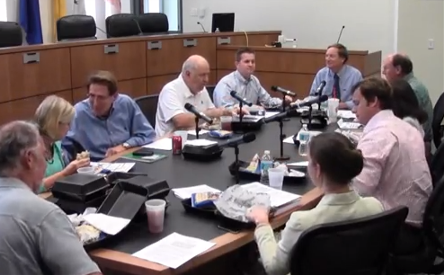 On Tuesday, August 6, Winter Park’s Planning and Zoning board sent a significantly reworked restaurant zoning proposal on to the City Commission.The board voted unanimously to support the proposal that was put together by an informal Task Force comprised of Chamber of Commerce officials, local merchants and Frank Hamner, the attorney for the Holler family, whose real estate holdings include significant Park Avenue retail space. On Tuesday, August 6, Winter Park’s Planning and Zoning board sent a significantly reworked restaurant zoning proposal on to the City Commission.The board voted unanimously to support the proposal that was put together by an informal Task Force comprised of Chamber of Commerce officials, local merchants and Frank Hamner, the attorney for the Holler family, whose real estate holdings include significant Park Avenue retail space.
Mr. Hamner led the presentation in Thursday’s hearing, covering much of the same ground he covered in the prior week’s P&Z restaurant ordinance workshop. One notable modification that was made in the week that transpired between the workshop and the hearing was the inclusion of a “three month rule” that requires Park Avenue corridor landlords to re-lease vacated restaurant space within three months or risk being subjected to more stringent regulation and potential loss of the full package of regulatory benefits and designations enjoyed by the previous restaurant tenant – a key benefit being the possibility that a quickly re-leased space could include a non-fine dining restaurant that might otherwise not be permitted. Mr. Hamner illustrated his presentation with PowerPoint slides, each of which can be viewed below in our initial 8/6/13 coverage of the P&Z workshop. A significant change being proposed is the outright ban of fast food chain restaurants. Discussions among P&Z members and Task Force participants revealed broad support for the ban, which has been strongly – and vocally – advocated by Winter Parker residents. Mr. Hamner echoed the sentiments of City Planning Director, Jeff Briggs, stating that past attempts to create ordinance changes that resolved conflicting views among city officials, city residents, merchants and others had been largely unsuccessful. The City’s own P&Z staff report laid out the multiple failed attempts by the City to resolve the issue. The staff report language can be viewed below in our 8/6/13 coverage of the P&Z workshop, or by clicking the button below.
Early in the hearing, Mr. Hamner stressed that his group was “not assigned this responsibility” by the Mayor or the City. While Hamner stated that his group is not an official “City Task Force,” he did confirm that “this collaboration grew out of a conversation with the Mayor, a couple of Commissioners, Patrick [ Chapin, Chamber of Commerce CEO ], Lambrine [ Macejewski , restaurateur/Chamber member] and myself and Daniel [ Butts, Battaglia Group CEO & Chamber Board Chair ].” An important element of the proposed ordinance is the imposition of quotas or caps on certain types of restaurants. Mr. Hamner laid out the proposed “cap” formula – which would apply to non-fine dining restaurants – as follows: “The number of non-fine dining restaurants shall not exceed 20% of the available first-floor store fronts on . . . any particular side of the block . . . and there’s an overall cap of 15% of the total number of businesses in the Park Avenue corridor.” Hamner said that this formula would, as of now, permit an “additional seven or so non-fine dining restaurants” in the Park Avenue corridor. The proposed cap generated much discussion at the hearing and motivated board member Pete Weldon to send in a detailed response to the proposal via email. Mr. Weldon’s email can be viewed by clicking the button below.
However, as noted above, the discussion at the prior week’s P&Z workshop covers most of the same ground and – due to the less formal format of the meeting – the exchange between the board and the Task Force is more detailed – yielding probing and insightful comments and questions from the board, including new members Ross Johnston and Sheila De Ciccio. Click the button below to view 7/31/13 Workshop Video.
Part one of the 7/31 workshop video (click image below) shows Planning Director Jeff Briggs’ introduction to the workshop wherein he updates board members with a concise summary of City business.
Winter Park Voice will update this story and provide continuing coverage of the city’s hearings on restaurant ordinance revisions. |
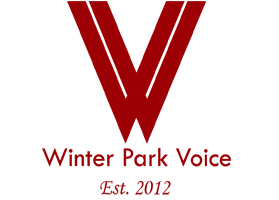
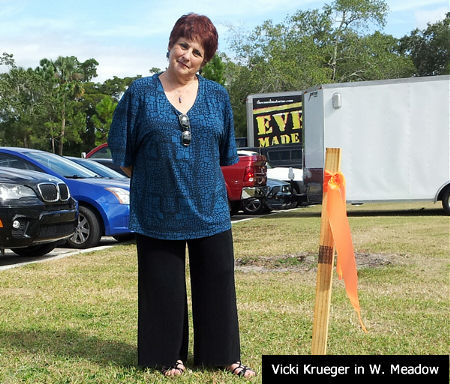
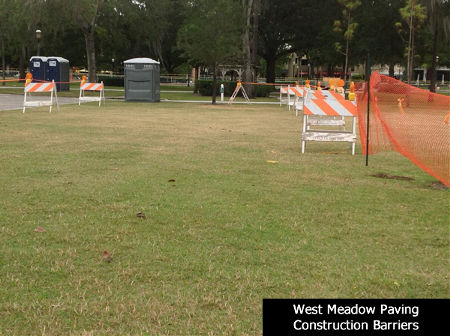 On Monday, November 4, at about 7:00am, Ms. Krueger again visited the Meadow parking site. Within minutes of her arrival, Krueger says that “two City employees arrived and began to survey the property.” Ms. Krueger questioned the surveyors, “I asked them whether there was a work order, who had signed it. They confirmed there was a work order but didn’t know who signed it.”
On Monday, November 4, at about 7:00am, Ms. Krueger again visited the Meadow parking site. Within minutes of her arrival, Krueger says that “two City employees arrived and began to survey the property.” Ms. Krueger questioned the surveyors, “I asked them whether there was a work order, who had signed it. They confirmed there was a work order but didn’t know who signed it.”
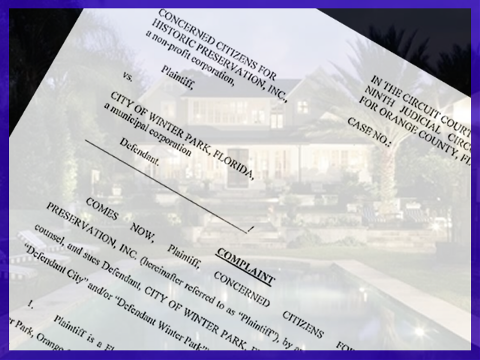 Less than two weeks after the Polasek Museum’s board of trustees announced that they’d found the money to move Capen House across Lake Osceola to its new home, a group calling itself Concerned Citizens for Historic Preservation, Inc. filed suit against the City of Winter Park.
Less than two weeks after the Polasek Museum’s board of trustees announced that they’d found the money to move Capen House across Lake Osceola to its new home, a group calling itself Concerned Citizens for Historic Preservation, Inc. filed suit against the City of Winter Park.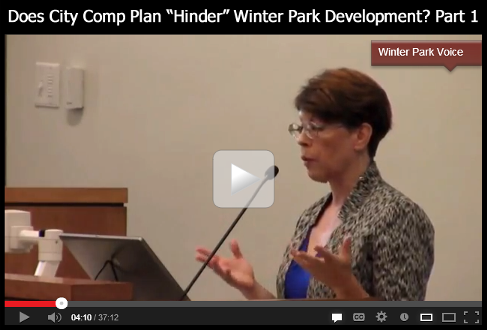
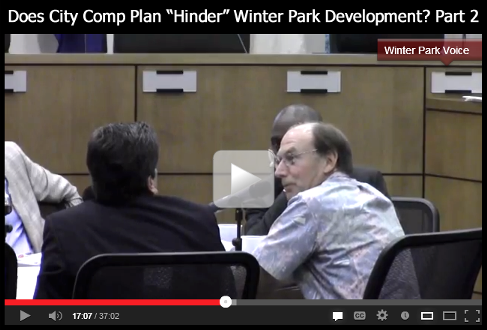
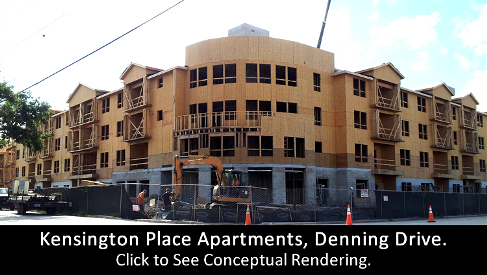
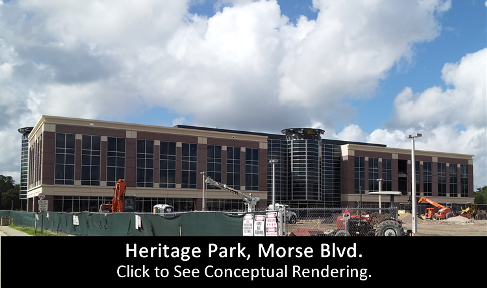
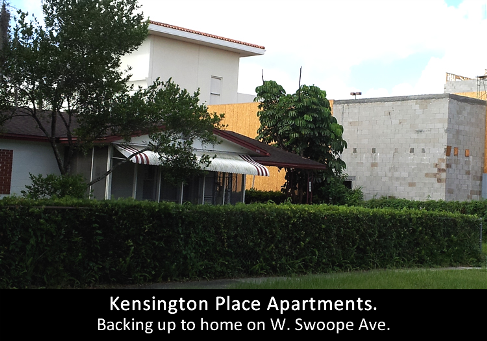 your zoning map is to provide predictability – not just for the developer, but also for the residents – for someone who’s going to buy a house and can be assured that across the street there’s not going to be . . . a factory.” (Video, Part 2 – 14:53)
your zoning map is to provide predictability – not just for the developer, but also for the residents – for someone who’s going to buy a house and can be assured that across the street there’s not going to be . . . a factory.” (Video, Part 2 – 14:53)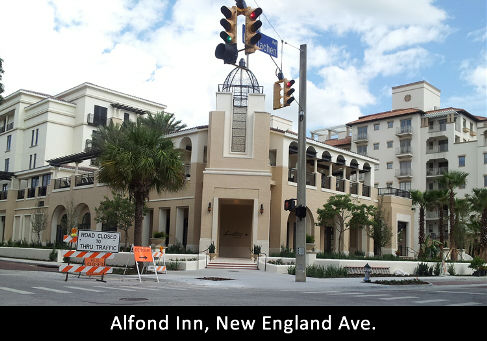 Ms. Vargas admitted that she did not look closely at the Rollins/Winter Park relationship, but did say that she recommends keeping education “concurrency” in City codes – a policy that that ties future development to increases in the City’s educational resources.
Ms. Vargas admitted that she did not look closely at the Rollins/Winter Park relationship, but did say that she recommends keeping education “concurrency” in City codes – a policy that that ties future development to increases in the City’s educational resources.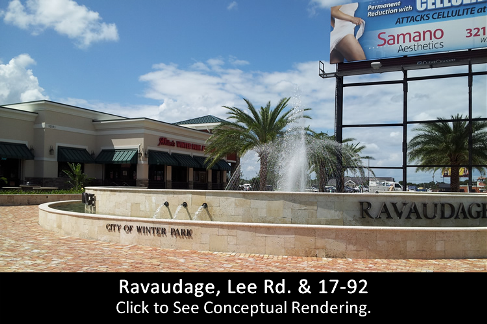
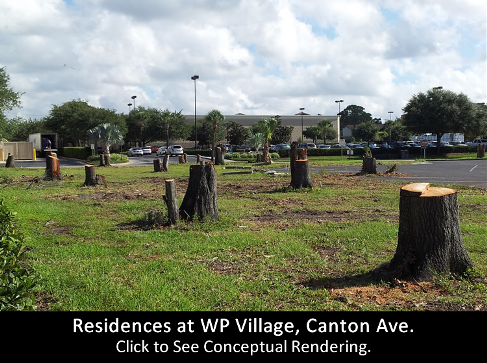
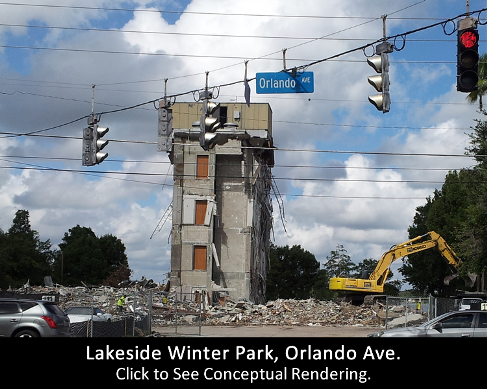
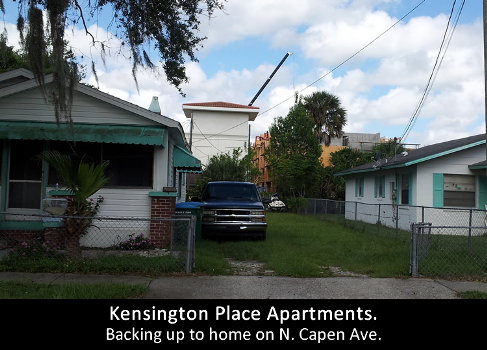 Patrick Chapin quickly jumped in supporting Gottfried’s point: “I really disagree with ‘the hindrance of development’.“ Instead, Chapin suggested his interpretation of the study’s message as promoting the “economic well-being” of the community.
Patrick Chapin quickly jumped in supporting Gottfried’s point: “I really disagree with ‘the hindrance of development’.“ Instead, Chapin suggested his interpretation of the study’s message as promoting the “economic well-being” of the community.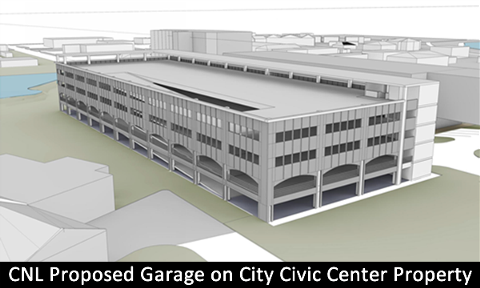
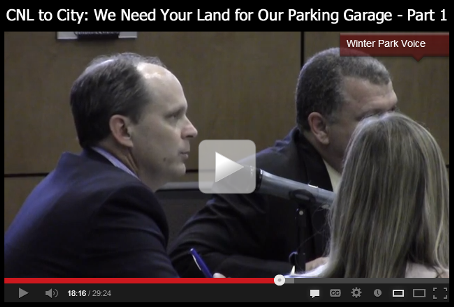
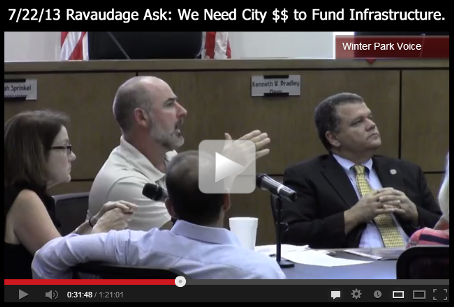
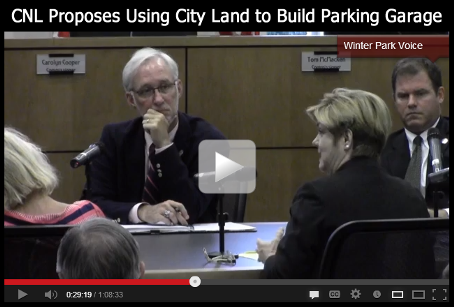
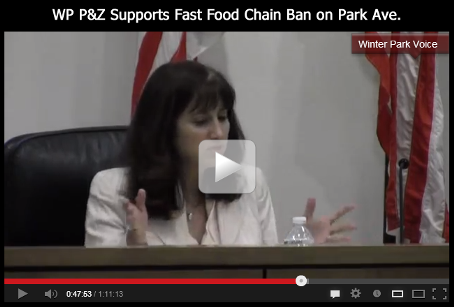
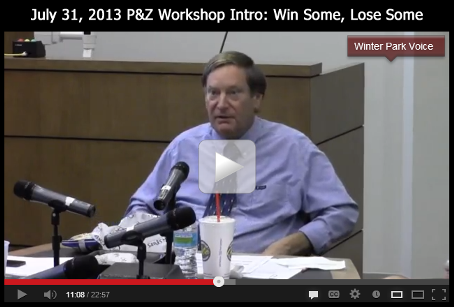
Recent Comments